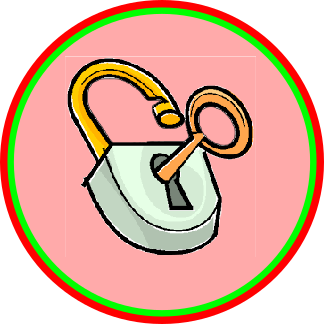Indian government has enacted several laws to ensure the safety of children. By definition, a child is someone within the age of 14 years in India. Stringent Child Protection Laws in India provide a strong support net for kids provided they and their parents/guardians are aware of them.
This post tries to unravel a few of these for the benefits of readers of this blog.
India is party to UNCRC – United Nations Convention on the Rights of a Child. UNCRC defines 4 major rights that are undeniable to any child
- Right to Survival
- Right to Life
- Highest attainable standard of Health
- Proper Nutrition
- Adequate standard of Living
- A name and nationality
- Right to Protection
- Right to Education
- Support for early childhood care
- Social Security
- Right to leisure, recreation and cultural activities
- Right to Development
- Freedom from Exploitation
- Freedom from Abuse
- Freedom from degradation and Inhuman treatment
- Freedom from Neglect
- Special protection in case of emergency situations, armed conflicts, etc.
- Right to Participation
- Respect for the views of the child
- Freedom of expression
- Access to appropriate information
- Freedom of thought, religion and expression.
To comply with UNCRC, India as a member country has enacted several child protection laws in India that seek to give credibility to the charter of the UNCRC. Here are the basic ones every child and parent must be aware of
Table of Contents
POCSO Act 2012
The Act defines a child as any person below eighteen years of age. One among the most stringent of Child Protection Laws in India, the POCSO act

- awards a death penalty to those convicted of raping a child up to 12 years of age.
- It comes with stringent measures to prevent easy trial and re-victimization of child by law enforcement agencies.
- It also places the onus of child safety on any person of authority. You can read about the POCSO Act in detail here
Right to Education – Article 21A
The Right of Children to Free and Compulsory Education Act or Right to Education Act (RTE), passed on 4 August 2009, enforces free and compulsory education for children between 6 and 14 in India under Article 21a of the Indian Constitution. India became one of 135 countries to make education a fundamental right of every child when the Act came into force on 1 April 2010. Important aspects of the act include
- It mandates all private schools to reserve 25% of seats to children (to be reimbursed by the state as part of the public-private partnership plan).
- Under the Act, a school or teacher or even the parent cannot hold back a child from going to school or detain the child in a class or conduct board exams until the completion of elementary education.
- There is also a provision for special training of school drop-outs to bring them up to par with students of the same age.
Protection from Hazardous Employment – Article 24

There are 33 million child labourers in India, according to UNICEF. As per the 2011 census, 80 per cent of them are Dalits, 20 per cent are from the Backward Classes.
The Child Labour Prohibition and Regulation Act prohibits employment of children below age 14 in hazardous places like mines, factories, kilns, etc.
The Act also imposes a fine on anyone who employs or permits adolescents to work.
Protection from trafficking and bonded labour – Article 23
India also prohibits bonded and forced labour through:
- Bonded Labour Abolition Act,
- Child Labour Act, and
- Juvenile Justice Act.
- Sections 366(A) and 372 of the Indian Penal Code, prohibits kidnapping and selling minors into prostitution respectively. Penalties under these provisions are a maximum of 10 years’ imprisonment and a fine.
Children in India are trafficked to serve in the sex industry or as beggars.
Awareness of Child Protection Laws in India help one to act in a timely manner when they notices something in the society is amiss. It also gives one the confidence to fall back on the judicial system

